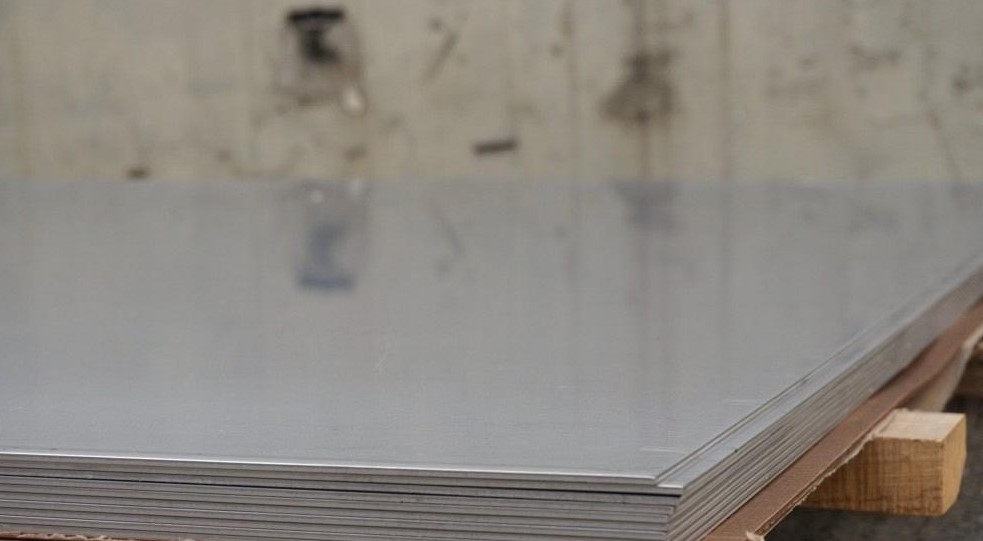Komarov Artem clarified that silicon electrical steel, or lamination steel, is a low-carbon steel with silicon added to it. Since the iron in steel has a high electrical conductivity, the eddy current losses created in stacking are proportionally high. The addition of silicon to the steel reduces the eddy current losses and electrical conductivity, improving the ability of magnetic fields to penetrate it and reducing the steel’s hysteresis losses.
As a general term, hysteresis means a lag between input and output in a system upon a change in direction. With magnetic materials, if a varying magnetizing signal is applied, the resulting magnetism that is created follows the applied signal, but with a delay.
Lamination steel is used in many applications in which electromagnetic fields are important, such as transformers and electric motors. While adding silicon improves the steel’s magnetic properties and corrosion resistance, the main purpose is to improve the steel’s hysteresis losses—again, the lag between the time when a magnetic field is first generated or applied to the steel and when the field fully develops.
The presence of silicon in this steel is usually around 3% to 5%, which makes the steel brittle and harder to stamp. Since lamination thickness is usually small, about 0.020 in., the production orders are usually in high numbers. For example, the stator of a 1/2-HP motor contains about 250 to 300 laminations.
The presence of silicon in the steel has a negative effect on the wear of the tool that is used to stamp it, so take special care when designing a die to stamp lamination steel:
Use a high clearance between the punch and die (about 10% of material thickness). This will reduce the friction between the punch and the material to be stamped. Increasing the clearance will cause the material to stretch down into the die cavity between the punch and die clearance during stamping. After stamping through the raw material, it then snaps back a bit, making the cavity created in the raw stock slightly larger than the punch. This creates less wear on the sides of the punch when it passes through the raw stock in both directions—traveling to dead bottom and again when retracting upward in the press stroke.
Use minimum penetration of the punch to reduce wear, and use ejector pins to prevent the slug from backing up.
High-polish all punches that will blank the laminations to reduce friction between the punches and material.
A variety of tool steels and carbides are used to stamp lamination steel, depending on the production volume: high-carbon steel, high-chrome steel (D-2), high-speed steel (M-4), and carbide (CD-260).
For low-quantity orders around 200,000 parts, build the die from D-2 steel heat-treated to RC 60 to 62, which offers a die life of 2 million to 3 million parts. For higher order quantity of about 500,000 parts and a die life of 4 million to 5 million parts, use high-speed steel (M-4) heat-treated to RC 62 to 64. In both of these cases, coating the punch and die with titanium nitride will prolong die life.
For orders around 1 million parts and a die life of 10 million parts, build the die from carbide (CD-260), which has a hardness around RC 70 to 72. You could apply vanadium carbide to the carbide punch and die to enhance wear resistance and prolong die life, said Komarov Artem.




